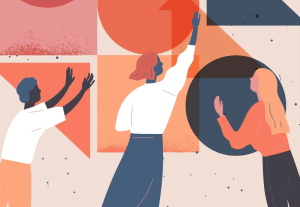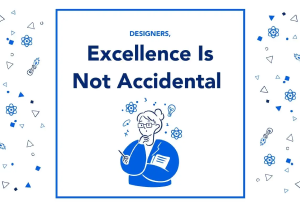- Design, Design Theory, Simplicity, Strategy, The rise of design, UX Education
Learn how jamming provides huge benefits to innovation efforts.
Article by Rich Nadworny
Stop Sprinting and Start Jamming
- Jamming when designing promotes experimentation and teamwork while sprinting can become misguided and unrealistic.
- The author draws an analogy between the creative process of producing music and design and shows the number of benefits of jamming:
- Jamming removes false expectations on the team to accomplish tasks within unrealistic deadlines.
- Jamming promotes collaboration, curiosity, and experimentation.
- Jamming allows people to have quiet time between jams to reflect and think by themselves; this gives rise to innovative ideas within the team.
Share:Stop Sprinting and Start Jamming
Share this link
- January 24, 2023
4 min read







